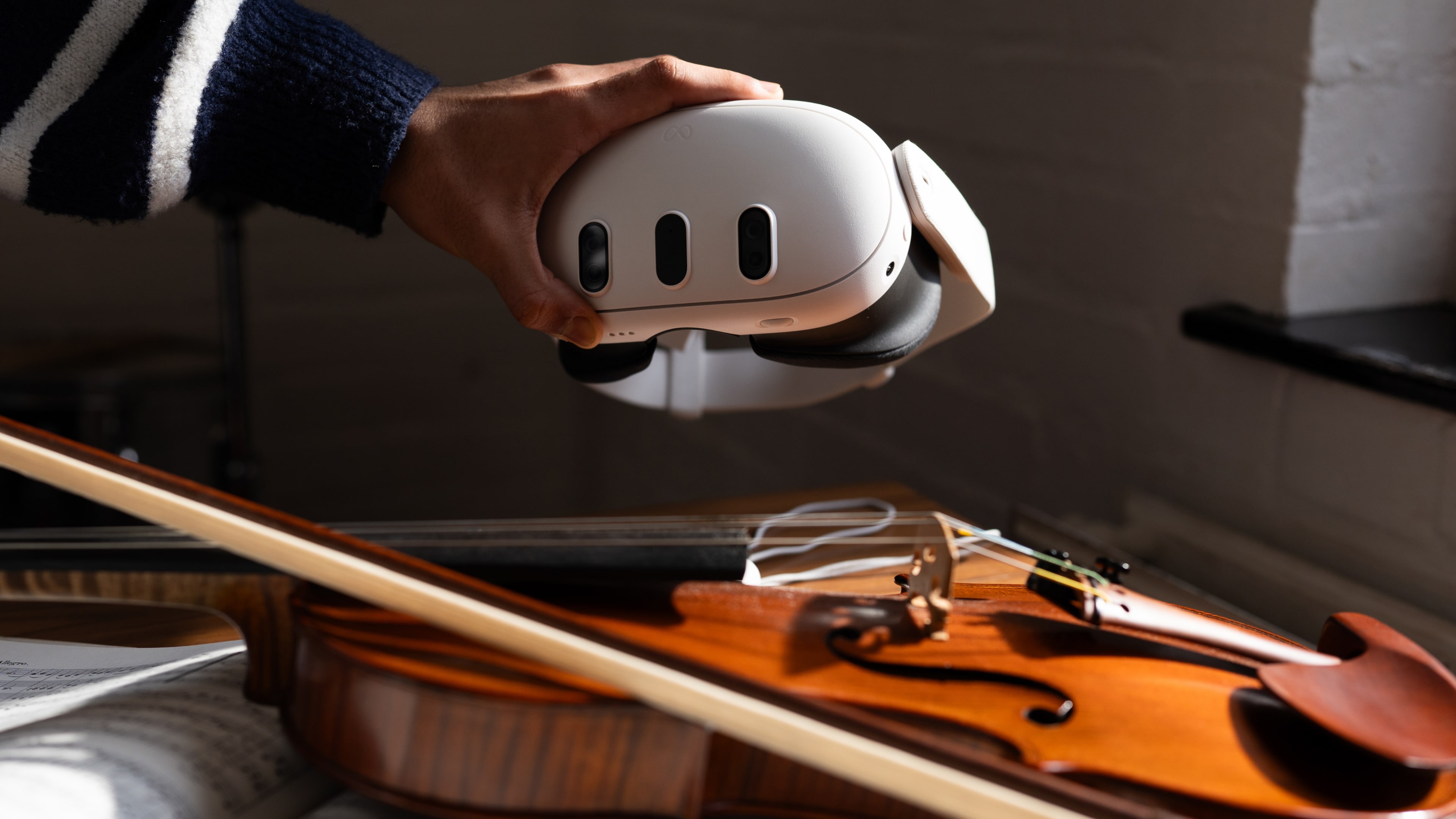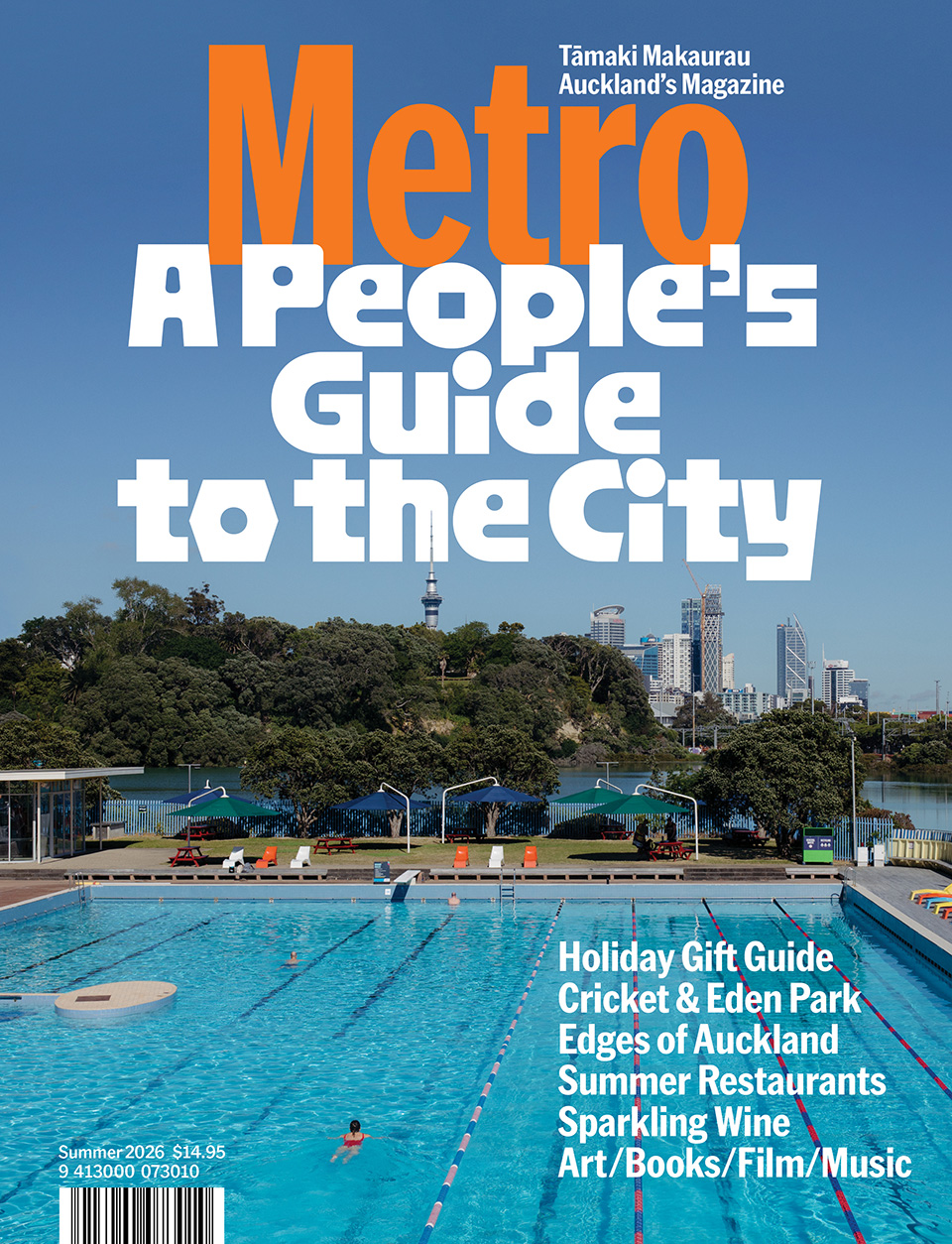Jul 1, 2025 Society
The world around me is a black void. One by one, eight 3D avatars appear; some in casual jeans, others in business suits, one even in a tuxedo. Though my MetaQuest 3 headset reveals only this digital ether, I hear students excitedly discussing the enormous human lungs they’re approaching. Lost for a moment, I turn my head to see it: a realistic 3D rendering of the human body, initially just the muscles. Walking up to and through the abdomen reveals the internal organs. As I advance, the lungs loom larger, inviting exploration previously reserved for surgeons.
This isn’t a game or a futuristic dream. I’m in a classroom at ACG Parnell, observing a Year 11 PE class. Simultaneously, we are all elsewhere, deep within the human body, set to deepen our understanding of the heart and lungs during exercise.
This immersive journey is driven by ACG Schools’ pioneering integration of Metaverse technology. ACG, part of Inspired Education Group – the world’s largest private school group – leverages its scale to push educational technology boundaries. This extensive network allows significant R&D investment, with innovations like this VR rollout shared across its global family of schools, a potent example of familiar network effects.
A strategic partnership with Meta drives this initiative. Inspired Education aims to be the world’s leading education group in technology. Meta, needing a partner with scale for a meaningful Metaverse classroom rollout, found one in Inspired. But, before ACG’s group-wide implementation, a robust ecosystem of high-quality educational applications was essential to ensure diverse, engaging content.
This isn’t about replacing traditional methods but enhancing them, offering previously impossible learning opportunities. Metaverse classes can transport students to WWI trenches, Martian plains, or, as I witnessed, into a human heart’s beating chambers. Beyond academics, VR also builds social-emotional skills; a 2020 Common Sense Media Study found students showed a 23% increase in empathy after immersive experiences.
While some may see this as just another screen, the classroom reality is different. VR headsets eliminate external distractions, cocooning students in the learning environment, sharpening their focus. As a 2020 PwC study showed, VR learners absorb content up to four times faster than in traditional settings. The experience is highly interactive. In the PE class, the teacher’s voice guides our exploration. “What’s the name of this chamber? Its function?” he asks, his virtual hand pointing to parts of a heart before us.
ACG began rolling out this technology across its New Zealand schools in early 2025 for Years 7-13. The structured plan includes at least two dedicated VR classes per subject every six months. Safety is paramount; a physical boundary, if crossed, switches the headset display off, allowing students to see their physical surroundings and prevent collisions.
As our virtual heart tour continues, we gather around a bisected heart, watching valves open and close. The teacher prompts us to trace the blood flow — “oxygenated or deoxygenated?” he asks. “Deoxygenated!” a student answers. “Yes! Now, expand on that, like you would in an exam,” the teacher continues.
Students aren’t just looking at diagrams; they are in them. Abstract anatomy concepts become tangible, visceral – experiential learning in its most potent form, but always brought back to its real world application. This impact is backed by compelling data: a 2018 University of Maryland study found students achieve up to 80% better knowledge retention with VR compared to traditional methods. Additionally, a 2023 Journal of Science Education and Technology study reported middle schoolers using VR for geometry and physics scored 17% higher than peers using textbooks. In the VR world, this direct experience, feeling as if you are in the future of learning, easily explains such gains. It feels like a future where the only limit to student exploration is human imagination.






